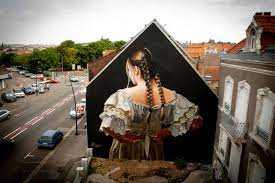
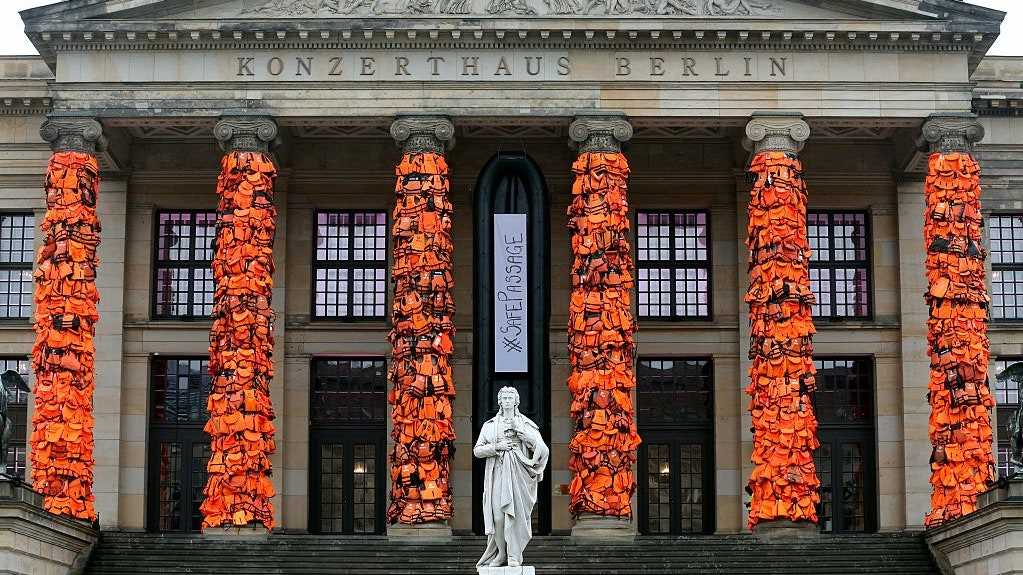
Art has always played a central role in shaping societies and reflecting the cultural nuances of the time. However, in today’s urban landscapes, art is undergoing a transformative revolution. Gone are the days when it was confined to the traditional confines of museums and galleries. Now, art has spilled out onto the streets, injecting life and vibrancy into our urban spaces.
What makes urban art unique is its accessibility. Unlike traditional art forms, which often require a paid entry fee or special invitations, street art can be enjoyed by anyone and everyone. It breaks down barriers and democratizes art, bringing it closer to people who may not have had the opportunity to experience it otherwise.
Furthermore, urban art acts as a catalyst for urban regeneration. Neglected neighborhoods and forgotten corners are given a new lease of life through visually stunning murals and thought-provoking installations. These art interventions breathe vitality into these spaces, attracting visitors, businesses, and investment, while fostering a sense of pride and ownership among the community.
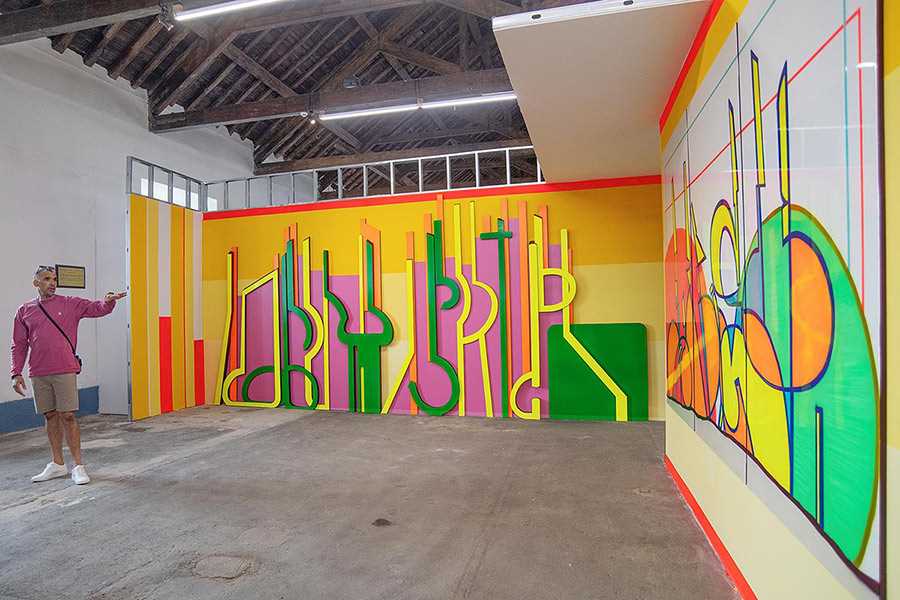
Street art has become an integral part of urban spaces, transforming otherwise bleak and mundane surfaces into colorful, thought-provoking masterpieces. The vibrant and captivating nature of street art has sparked a creative revolution, capturing the attention and admiration of many.
Street art serves as a powerful tool for self-expression and social commentary. It allows artists to communicate their thoughts, beliefs, and emotions with the public, creating a mutually inclusive space for dialogue and reflection. Street art has the ability to challenge societal norms and ignite change, giving a voice to those who are often marginalized or silenced.
The Freedom of Artistic Expression
Street art thrives on freedom and spontaneity. Artists can freely choose their canvas, be it a wall, a sidewalk, or even a trash can. The public nature of street art allows for a wide range of creative possibilities, enabling artists to experiment with different techniques, styles, and materials. It blurs the boundaries between art and life, transforming urban environments into living galleries.
The Impact of Street Art
Street art not only adds beauty and vibrancy to cities, but it also plays a significant role in creating a sense of place and cultural identity. It has the power to inspire and bring communities together, fostering a sense of pride and ownership. Street art often attracts tourists and visitors, contributing to local economies and boosting the overall cultural landscape.
The Evolution of Street Art: From Vandalism to Artistic Movement
Street art has come a long way from its origins as an act of vandalism. What was once seen as destructive and illegal has now transformed into a powerful artistic movement that embraces creativity and self-expression.
Origins and Controversy
This form of expression faced significant opposition, with many considering it a public nuisance and an eyesore. Laws and regulations were put in place to prevent and punish graffiti artists, further fueling the controversy surrounding street art.
A Shift in Perception
Over time, attitudes towards street art began to change. Many recognized the talent and creativity displayed in these works, and artists started to gain recognition for their skills. Street art became a way for marginalized communities to voice their concerns and shed light on social issues.
Artists like Banksy, Shepard Fairey, and Jean-Michel Basquiat brought street art into the mainstream, challenging traditional art forms and definitions. Their work sparked conversations about the blurred lines between vandalism, graffiti, and fine art.
Today, street art is seen as a legitimate art form that transforms public spaces into vibrant galleries.
The Power of Street Art
Street art has the unique ability to reach a wide and diverse audience. It breaks down barriers and makes art accessible to everyone, regardless of their background or socioeconomic status. It brings art out of the confines of galleries and museums and into the streets, making it an integral part of urban culture.
Street art has also become a valuable tool for urban regeneration and revitalization. Abandoned buildings and neglected spaces are transformed into lively and engaging environments through the power of art.
Impact of Street Art on Urban Communities
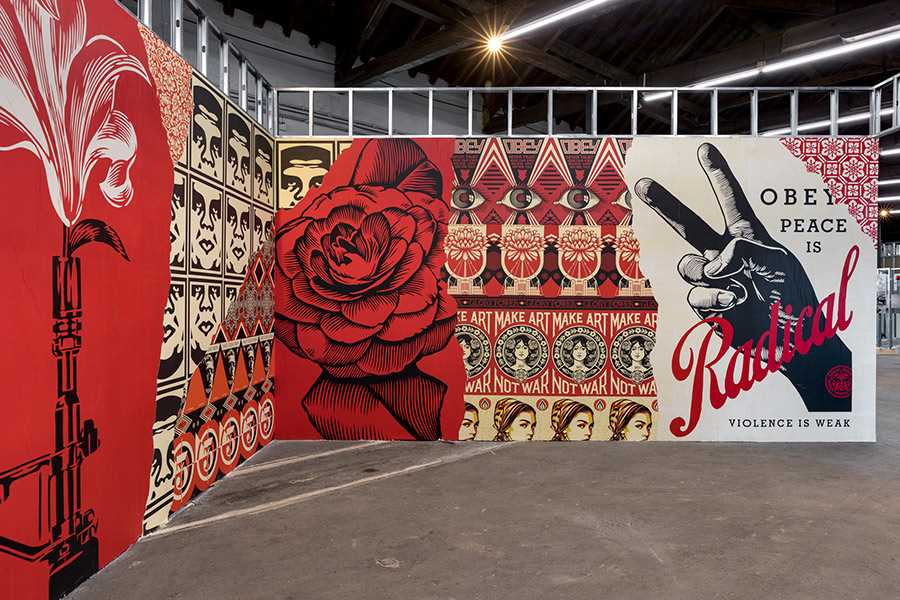
One of the major impacts of street art is its ability to transform neglected and run-down areas into vibrant and visually appealing spaces. Walls that were once drab and unremarkable now become colorful and visually striking canvases. This transformation not only improves the aesthetic appeal of the area but also attracts attention and visitors, helping to revitalize the local community.
Moreover, street art plays a crucial role in creating a sense of identity and belonging within urban communities. It allows local artists to showcase their work and share their unique perspectives, creating a visual representation of the community’s values, history, and culture. This sense of identity fosters a stronger connection between residents and their surroundings, increasing pride and appreciation for their community.
Additionally, street art has the power to build community connections and encourage social interaction. Public art installations create opportunities for individuals to gather, admire the artwork, and engage in conversations. It brings people from diverse backgrounds together, strengthening social cohesion and fostering a greater sense of community spirit.
Furthermore, street art has the potential to boost local economies. Areas with vibrant street art scenes often attract tourists and art enthusiasts who are eager to explore and experience the unique art forms. This influx of visitors can have a positive impact on local businesses, such as cafes, galleries, and shops, leading to increased revenue and job opportunities.
Embracing Street Art: Celebrating the Beauty of Urban Environments
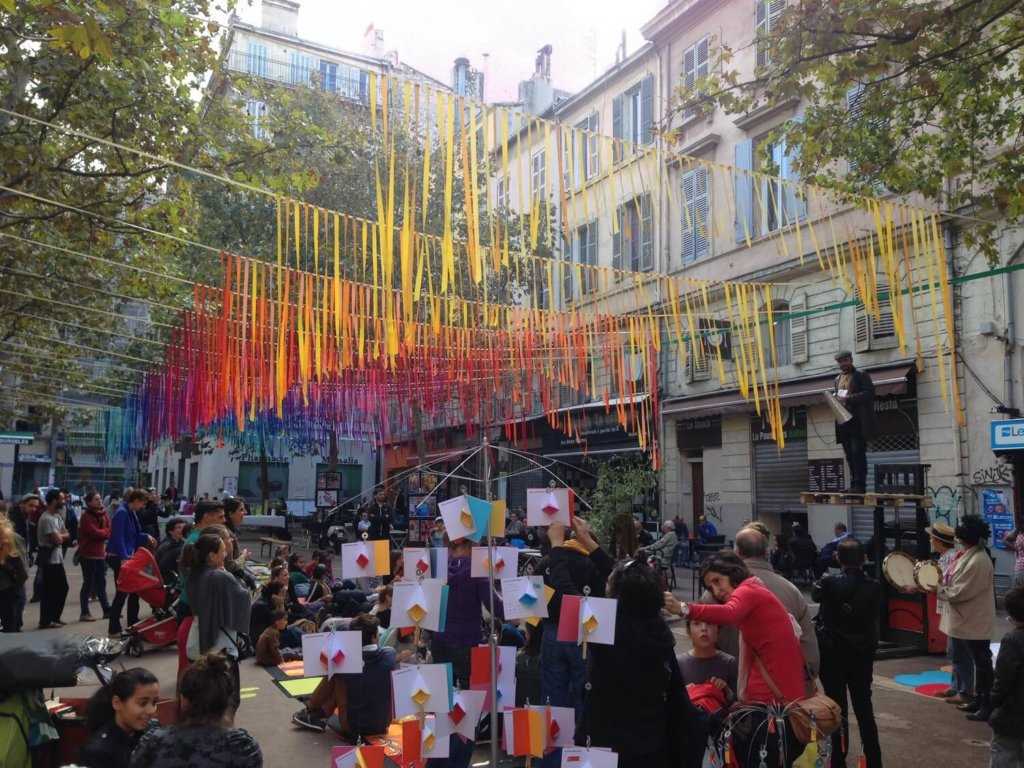
The Evolution of Street Art
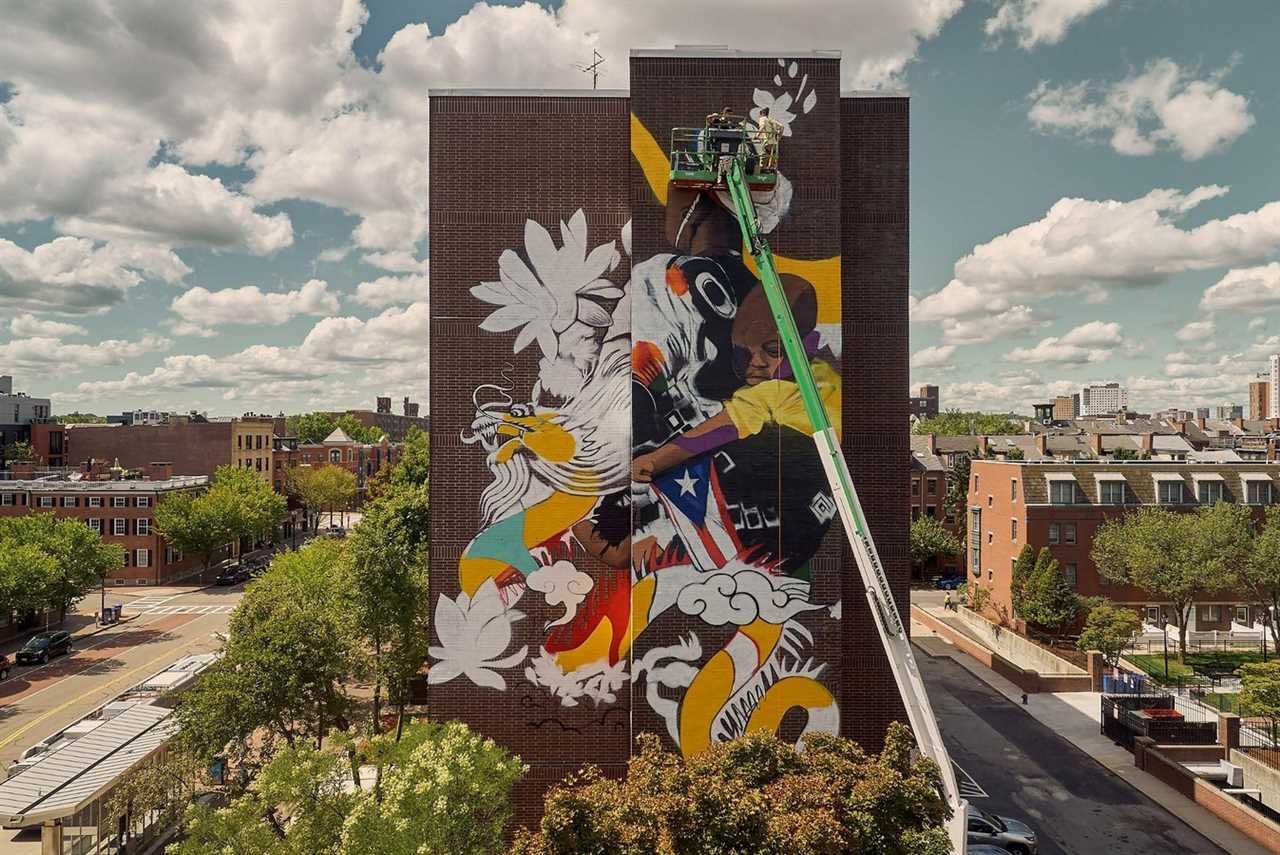
Street art has evolved over the years, breaking away from its origins as graffiti and becoming recognized as a legitimate art form. While graffiti may have once been seen as a destructive act, street art has grown to be celebrated for its ability to bring communities together, spark conversation, and challenge societal norms. Artists around the world are harnessing the power of street art to tell stories, express their identities, and engage with the world around them.
The Impact of Street Art on Urban Environments
Street art adds a unique element to the urban landscape, transforming ordinary spaces into interactive and visually captivating environments. It has the potential to revitalize neglected areas, turning them into cultural hubs that attract visitors and locals alike. From large-scale murals that draw attention to social and political issues to smaller, hidden gems that reward those who explore their surroundings, street art has the power to enhance our connection to the cities we inhabit.
The beauty of street art lies in its accessibility. Unlike traditional art galleries, which can be exclusive and intimidating, street art invites everyone to engage with it. Regardless of age, gender, or social background, anyone can appreciate the beauty, creativity, and skill behind each piece. It sparks conversations and encourages dialogue, fostering a sense of community within the urban landscape.

I am a mural enthusiast and a fervent admirer of street art. Rather than creating murals myself, I am passionate about collecting them. My love for street art knows no bounds. I am dedicated to curating and cherishing these artworks that grace the streets. My collection stands as a testament to my profound appreciation for this form of artistic expression.
read about me



